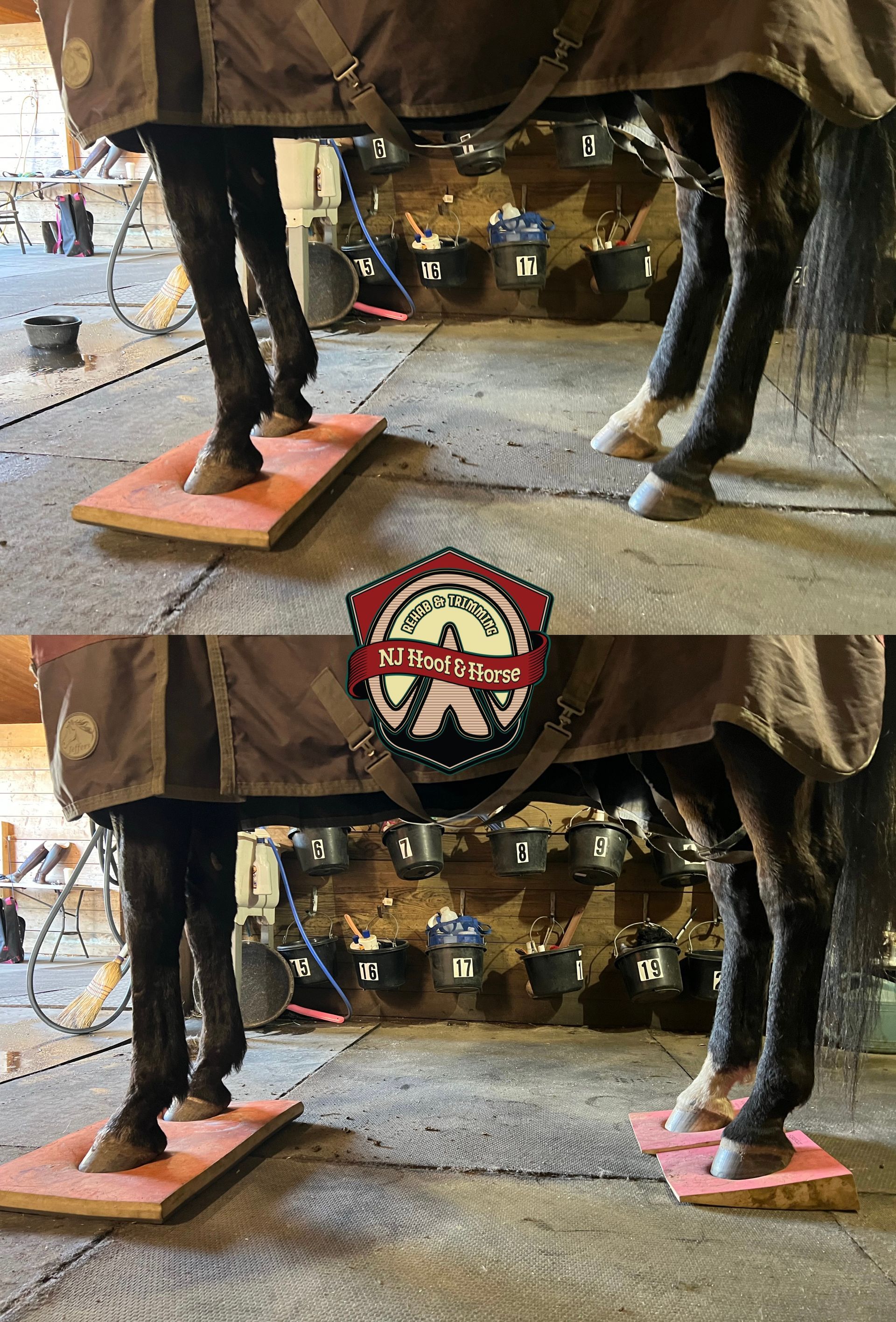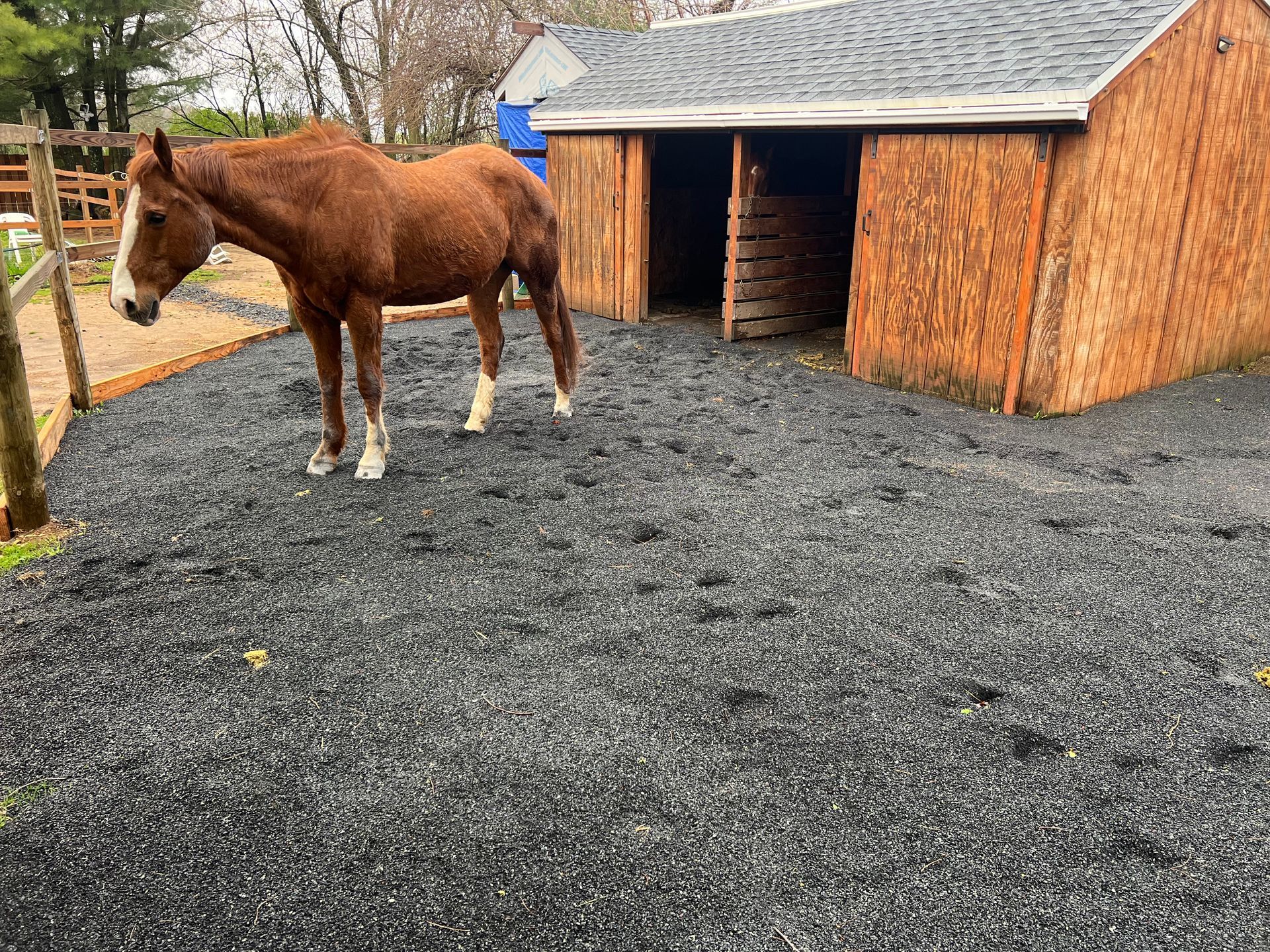The horse has stretched white line
This is a subtitle for your new post
When I tell that to owners while trimming their horse they just nod, smile and say “Wow that’s interesting😁”. Not a lot of owners dive deep into the anatomy of the equine hoof so it’s hard for them to understand what im talking about. No problem! This is exactly why im posting this!🤓
So the hoof is made up of different parts. If you pick it up and look at the bottom part of it you’ll see the sole and on the outer periphery comes the white line, water line and then the hoof wall. (Look at images below). First I want to mention that white line is actually not white, its a creamy color, so don’t be fooled. 😅
If we look from the side of the hoof, the bone should be parallel with the hoof wall (radiographs show that). The white line grows directly from the tip of P3 (Third Phalanx) , it connects the sole and hoof wall around the periphery of the hoof and in a “normal”, healthy foot it is even, around 2-5 millimeters thick and not crumbly. I repeat, healthy white line SHOULD NOT be crumbly if you were to pick at it with a hoof pick. It should be “waxy”.
What happens in an unhealthy hoof? If we were to split the hoof in half and take a look at it from the side we would find out that the space between the white line and the hoof wall literally stretched. When it stretches the space between the sole one the wall fills in with material called lamellar wedge. This material is not as dense as the hoof wall or white line, thus when you touch it with the hoof pick it will usually crumble.
What causes this separation? It can be caused by improper trimming. If flares aren’t managed then your horse will continue having a stretched white line. ❗️Diet is a big thing. ❗️If there’s something the horse is eating that’s causing inflammation then we can’t grow a tightly connected hoof.
Next time you clean your horses feet out take a look at the white line. Is it stretched? If it is, then its time to make some changes!😃
Do you see stretched white line in your horse?
Denys A.
https://www.thelaminitissite.org/feet-faq--articles/the-realigning-trim-the-front-of-the-foot

